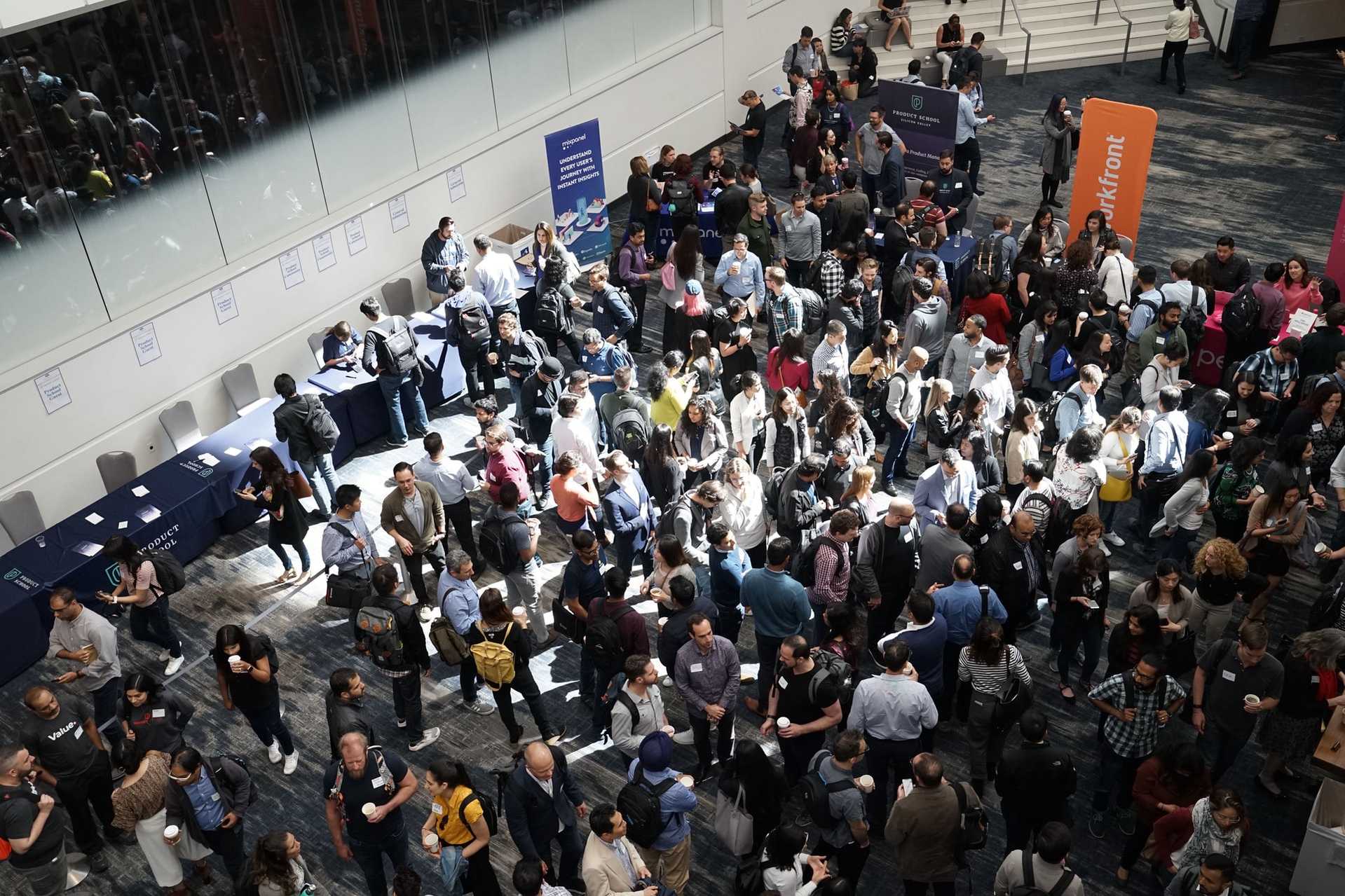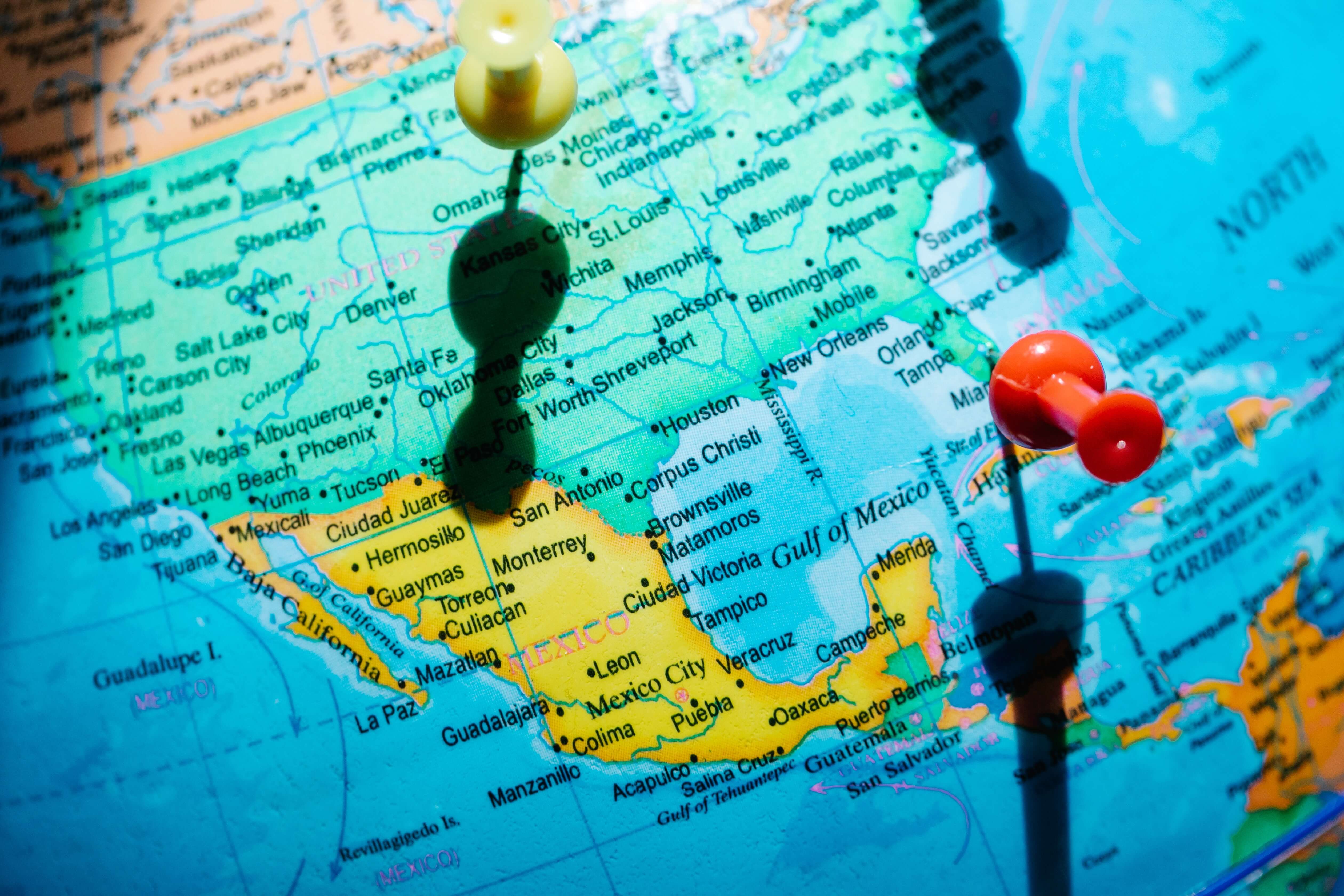In-person events are ramping back up, and virtual events have become a lot more sophisticated over the past year. And we'll probably see a lot more hybrid events, with some in-person and virtual elements, in the future.
Over the past year, we've all spent time thinking about what our sales and marketing strategy for events looks like. Are events an effective use of our time and budget? How can we get more from the events we participate in?
There was a great conversation in Modern Sales Pros a few weeks ago about how to get stronger leads and close more deals at events. I’ve also read a number of articles recently about the future of events, like this piece from Forbes and this writeup from Forrester. As we're starting to participate in more events again, it's worth taking time to think about how we get more from those events.
Ultimately, if your company is participating in or sponsoring an event, you want some return on that investment. You want to be sure that the money you're spending comes back - and then some - in the form of new business, renewals, and/or upgrades. How much new revenue do you need to justify event participation? It'll depend a lot on your CAC and LTV, but if you can attribute 3x in new revenue what you spent on an event, that's a good start.
So let's talk about what you can do to get those good event leads.
Before the event
Select event staff carefully. Who should attend the event? If you have a booth, who should staff it? Find a team who can talk comfortably to customers and prospects. This may be sales reps, marketers, CSMs, executives, or a mix. What are your goals? To give demos, schmooze customers, find new prospects, etc... Staff according to your goals.
Prep event staff. Work closely with your team's event staffers to prepare them for the event. What will they be expected to do? How will they be compensated? What free time will they have? Brief them on event goals and positioning, and make sure everyone has the materials they need. Discuss expectations for comportment, if any.
Pre-schedule appointments. Try to set up as many appointments in advance as you can. Not everyone who schedules a meeting will show, but if you can go into an event with 20 meetings scheduled, you know you won't leave empty handed.
Get ahead of event-related content with thought leadership. Before the event begins, publish thought leadership about a topic related to the event. Consider it a form of air cover - you'll have something to prime your audience with first, and something you can point to at the event to demonstrate relevance.
Review registration list. If you're sponsoring, you should get a list of registrants before the event begins. Look through that list for active customers and open opportunities, and mine the new contacts for potential leads.
Find customers who will be attending. Reach out specifically to existing customers who will be attending. See if you can book time for a coffee or meeting with them at the event. Customers will be more likely to want to talk to you than prospects, and the face time will help maintain those important relationships. You may also be able to get introductions to others who will be attending.
During the event
Take notes on every conversation. Your team will talk to a lot of people, so it's extremely important everyone writes down what they discuss with every prospect so you can have more relevant follow up after the event. Don't forget to upload them into your CRM after the event, as well.
Provide the right incentives. Some people love swag. Some love giveaways. Some would rather find a quiet place to charge their phones. Think about who you're trying to attract to your booth, and create the right incentive to get those people to come over.
Seek out prospects and customers. Be sure your team meets with both prospective customers as well as existing customers. Invite customers to your booth for a gift or sneak peek; they may encounter a prospect while they're there and talk up your product.
Venture outside your booth. Find time for your team to go to panels, other vendors' booths, networking sessions, and other areas of the event to meet people where they are. They may find interesting prospects at a related vendor's booth, for example.
Schedule post-event meetings. When they can, encourage your staffers to schedule a follow-up call while they're meeting at the event, and your prospect's interest is high.
Use social media. Remind your team to connect on social media with the people they meet. It'll help they stay close to contacts later on. They can also use Twitter for live-tweeting about the event itself, and LinkedIn to share thoughts on what they're learning.
After the event
Follow up with personalized, relevant content. The more targeted your follow-up messaging is, the more effective it will be. Refer to specific topics of conversation, provide more information about products a prospect was interested in, provide value and relevance.
Share what you learned at the event. Not everyone will have been able to attend the event - that includes registrants, as well as co-workers. Write up your takeaways or share an interesting lesson you learned from the event with those who were unable to attend.
Upload meeting notes. If they haven't already, be sure everyone inputs all meeting notes into your company's CRM. Share notes between sales and marketing team so they can make decisions about outreach.
You get back what you put into an event. If you're thoughtful with your approach, and find creative ways to engage prospects before, during and after the event, you'll be a lot more likely to get better leads from your event participation. And don't underestimate the value of using events to reinforce existing relationships with your current customers. In-person, virtual, or hybrid - you can use these tactics for all kinds of events. Good luck getting back out there!




